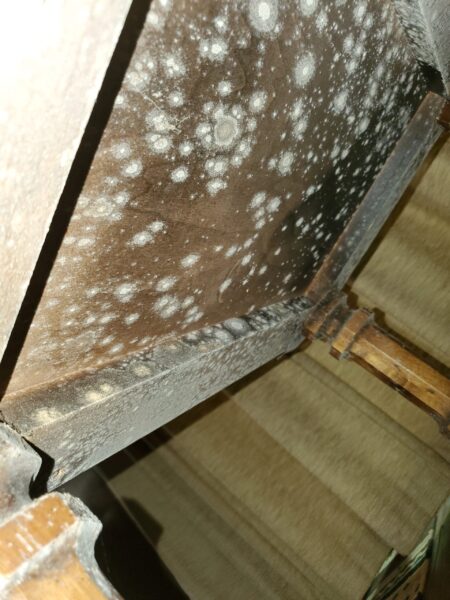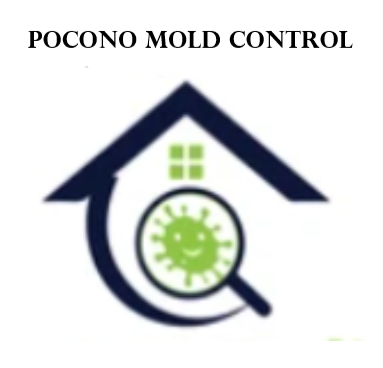“DIY Mold Removal: When to Do It and When to Call a Pro
Mold can be a sneaky intruder in homes, and knowing when to tackle it yourself versus calling a professional is crucial. If the affected area is less than 10 square feet, the EPA suggests that DIY removal is generally safe. You can use vinegar, hydrogen peroxide, or baking soda to clean small patches on nonporous surfaces. However, if the mold is widespread, keeps returning, or is growing on porous materials like drywall, professional remediation is recommended.
What are the signs I need to call a professional for mold?
If you notice any of these signs, it’s time to call in a professional for mold remediation:
Persistent Musty Odor – If your home has a damp, earthy smell that won’t go away, mold may be growing in hidden areas like behind walls or under flooring.
Visible Mold Growth – Mold can appear in various colors (black, green, white, or brown) and textures (fuzzy, slimy, or powdery). If you see mold spreading, professional removal is necessary.
Recent Water Damage or Flooding – Mold thrives in moist environments, so if your home has experienced water damage, it’s likely that mold is growing.
Health Issues – Mold exposure can cause respiratory problems, allergies, and sinus issues. If you or your family experience unexplained symptoms, mold could be the culprit.
Structural Damage – Mold can weaken walls, ceilings, and floors, leading to costly repairs. If you notice peeling paint, warped wood, or soft spots, mold may be causing damage.
If any of these signs sound familiar, it’s best to get a professional assessment to prevent further health risks and structural damage. Need help finding a mold specialist?

Contact Us Today For free Estimate
share this Post
